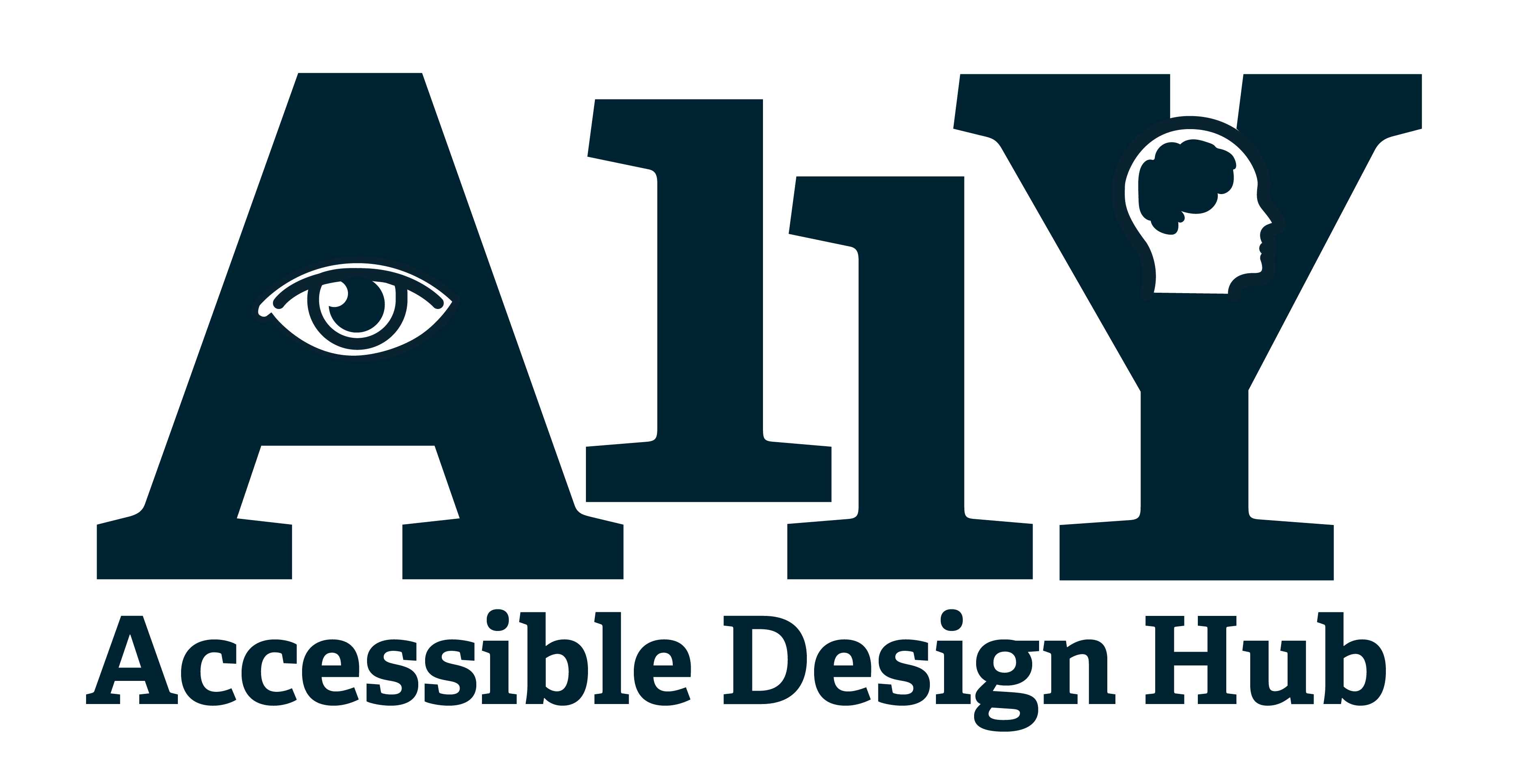Learn
About WCAG
Check out this page for more information about WCAG and the principles!

What is WCAG?
WCAG, or Web Content Accessibility Guidelines, are
a set of standards created by the World Wide Web Consortium (W3C) to ensure that web content is accessible to people with disabilities. The aim is to make web content more usable for individuals with various disabilities, covering areas like text alternatives, keyboard navigation, and
color contrast.

WCAG Principles
Perceivable
Ensuring that information and user interface elements are presented in formats that users can detect and understand.
Operable
Indicates that user interface elements and navigation systems should be functional and usable.
Understandable
Entails ensuring that both information and user interface functions are clear and comprehensible to users.
Robust
Implies that content should be sufficiently durable to be consistently interpreted by diverse user agents, including assistive technologies.
Accessibility Principles
Perceivable information and user interface
-
- Text alternatives for non-text content
- Captions and other alternatives for multimedia
- Content can be presented in different ways
- Content is easier to see and hear
- Text alternatives for non-text content
Understandable information and user interface
-
- Text is readable and understandable
- Content appears and operates in predictable ways
- Users are helped to avoid and correct mistakes
- Text is readable and understandable
Operable user interface and navigation
-
- Functionality is available from a keyboard
- Users have enough time to read and use the content
- Content does not cause seizures and physical reactions
- Users can easily navigate, find content, and determine where they are
- Users can use different input modalities beyond keyboard
- Functionality is available from a keyboard
Robust content and reliable interpretation
-
- Content is compatible with current and future user tools





Accessibility Classes to Take
Digital Accessibility Foundations – Free Online Course
Announcing a free W3C WAI course for developers, designers, UX specialists, writers, managers, and advocates, open to all, with
an optional certificate.
Accessibility for Designers
What are the key considerations in designing an inclusive website? Which aspects of the design process demand heightened focus, and which can be delegated to developers?
Introduction to Digital Accessibility
Are you interested in making your information accessible to all users but don’t know where to begin? This overview provides a starting point for understanding digital accessibility.
